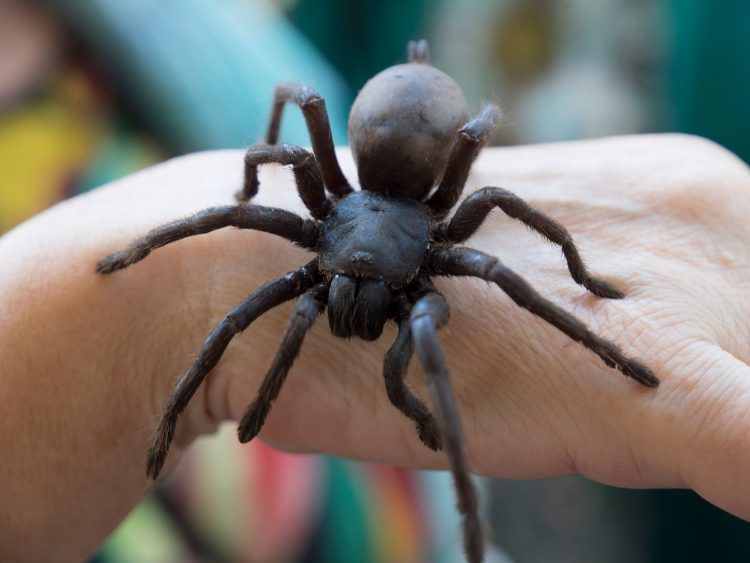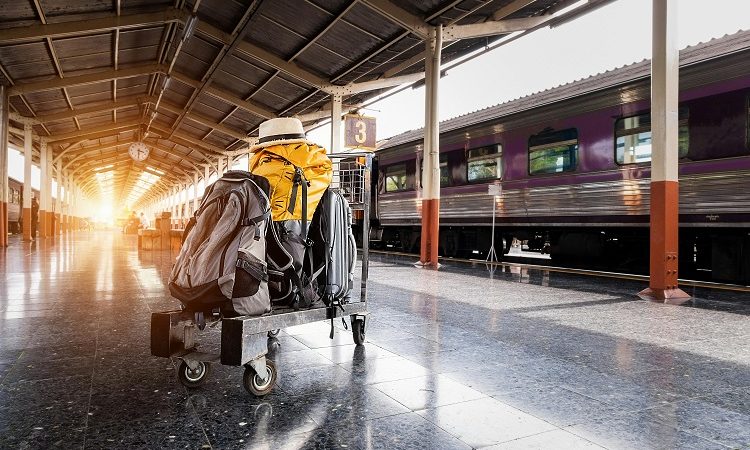“Arachnophobia Unveiled: The World’s Largest Spiders and Their Fascinating Existence”

Spiders, those eight-legged wonders, have fascinated and terrified humans for centuries. Among the diverse arachnid family, some species stand out as true giants, leaving us in awe of their size, abilities, and the crucial roles they play in various ecosystems. In this exploration, we delve into the world of the biggest spiders, uncovering their unique characteristics, habitats, and dispelling common misconceptions.
The Goliath Bird-Eater (Theraphosa blondi):
Topping the list of the world’s largest spiders is the Goliath Bird-Eater, an arachnid that can evoke fear with its mere name. Found in the rainforests of South America, particularly in regions like Venezuela and Brazil, this giant spider is part of the tarantula family, Theraphosidae. Despite its ominous name, the Goliath Bird-Eater rarely preys on birds. It primarily feeds on insects, small mammals, and amphibians.
Measuring up to a foot in leg span, with some specimens even larger, the Goliath Bird-Eater is a formidable presence in the arachnid world. Despite their intimidating appearance, these spiders are generally docile and only bite when provoked. Their large size serves as a defense mechanism against potential predators, deterring many would-be attackers.
The Huntsman Spider (Sparassidae family):
While the Goliath Bird-Eater is known for its size, the Huntsman Spider family deserves recognition for their impressive leg span. The Huntsman Spiders are distributed globally, with species found in various habitats, from tropical rainforests to deserts. One notable species, the Giant Huntsman Spider (Heteropoda maxima), boasts a leg span of up to a foot, making it one of the largest spiders in terms of size.
Unlike many spiders that build webs to catch prey, Huntsman Spiders are active hunters. They use their speed and agility to chase down insects and other small creatures. Despite their large size, Huntsman Spiders are generally harmless to humans, and their presence can even be beneficial by controlling insect populations in and around homes.
The Brazilian Wandering Spider (Phoneutria genus):
Known for its potent venom and aggressive behavior, the Brazilian Wandering Spider is another contender for the title of the world’s largest spiders. Found in the rainforests of South and Central America, these spiders are notorious for their wandering nature, as they do not build permanent webs. Instead, they roam the forest floor in search of prey.
The Brazilian Wandering Spider’s venom is highly potent, capable of causing paralysis and, in extreme cases, death. However, bites are rare, and fatalities even rarer, as the spider typically gives warning signs before attacking. Despite their fearsome reputation, these spiders play a crucial role in controlling insect populations, contributing to the delicate balance of their ecosystems.
The Giant Orb-Weaving Spiders (Nephila genus):
Among the largest orb-weaving spiders, the Nephila genus comprises species known for their impressive webs and considerable size. Found in tropical and subtropical regions around the world, these spiders are known for their intricate, golden silk webs, which can span several feet in diameter.
One notable species is the Golden Silk Orb-Weaver (Nephila clavipes), found in the Americas. While their leg span may not rival some tarantulas, their sheer size and the intricate beauty of their webs make them stand out in the arachnid world. These spiders are harmless to humans, and their silk has even been studied for potential commercial applications due to its strength and durability.
Conclusion:
The world of the biggest spiders is a fascinating realm where arachnids play crucial roles in maintaining ecological balance. While their size may trigger fear in some, understanding the vital roles these spiders play in their respective ecosystems can foster appreciation for these remarkable creatures. From the Goliath Bird-Eater’s intimidating size to the Brazilian Wandering Spider’s potent venom, each species contributes to the rich tapestry of biodiversity on our planet. So, the next time you encounter a spider, take a moment to marvel at its intricate design and the important role it plays in the intricate web of life.
What is the largest spider in the world?
A: The Goliath Bird-Eater (Theraphosa blondi) holds the title for the world’s largest spider. Found in South American rainforests, it can have a leg span of up to a foot, making it an impressive arachnid.
Are Goliath Bird-Eaters dangerous to humans?
A: Despite their intimidating size and name, Goliath Bird-Eaters are generally docile and rarely pose a threat to humans. They typically only bite when provoked, and their venom is not lethal to humans.
Where are the Giant Huntsman Spiders found?
A: Giant Huntsman Spiders (Sparassidae family) are distributed globally, with various species found in habitats ranging from tropical rainforests to deserts. They are known for their impressive leg spans, with some exceeding a foot.
Do Huntsman Spiders build webs to catch prey?
A: No, Huntsman Spiders are active hunters and do not build webs to catch prey. They use their speed and agility to chase down insects and other small creatures.
Are Brazilian Wandering Spiders dangerous to humans?
A: The Brazilian Wandering Spider (Phoneutria genus) is known for its potent venom, but bites are rare. The spider usually gives warning signs before attacking, and fatalities are extremely uncommon.
What is unique about the Golden Silk Orb-Weaver spiders?
A: The Golden Silk Orb-Weaver spiders (Nephila genus) are known for their intricate golden silk webs, which can span several feet in diameter. While their leg span might not rival some tarantulas, their webs and silk are unique and beautiful.
Can the silk of Golden Silk Orb-Weavers be used for commercial purposes?
A: Yes, the silk of Golden Silk Orb-Weavers has been studied for potential commercial applications due to its strength and durability. Researchers are exploring its use in various industries.
What role do the biggest spiders play in ecosystems?
A: The biggest spiders play crucial roles in ecosystems by controlling insect populations. They contribute to the delicate balance of their habitats, helping to maintain biodiversity.
How often do spiders like the Goliath Bird-Eater molt?
A: Spiders, including the Goliath Bird-Eater, molt periodically as they grow. Molting is a process where they shed their exoskeleton to accommodate their increasing size.






